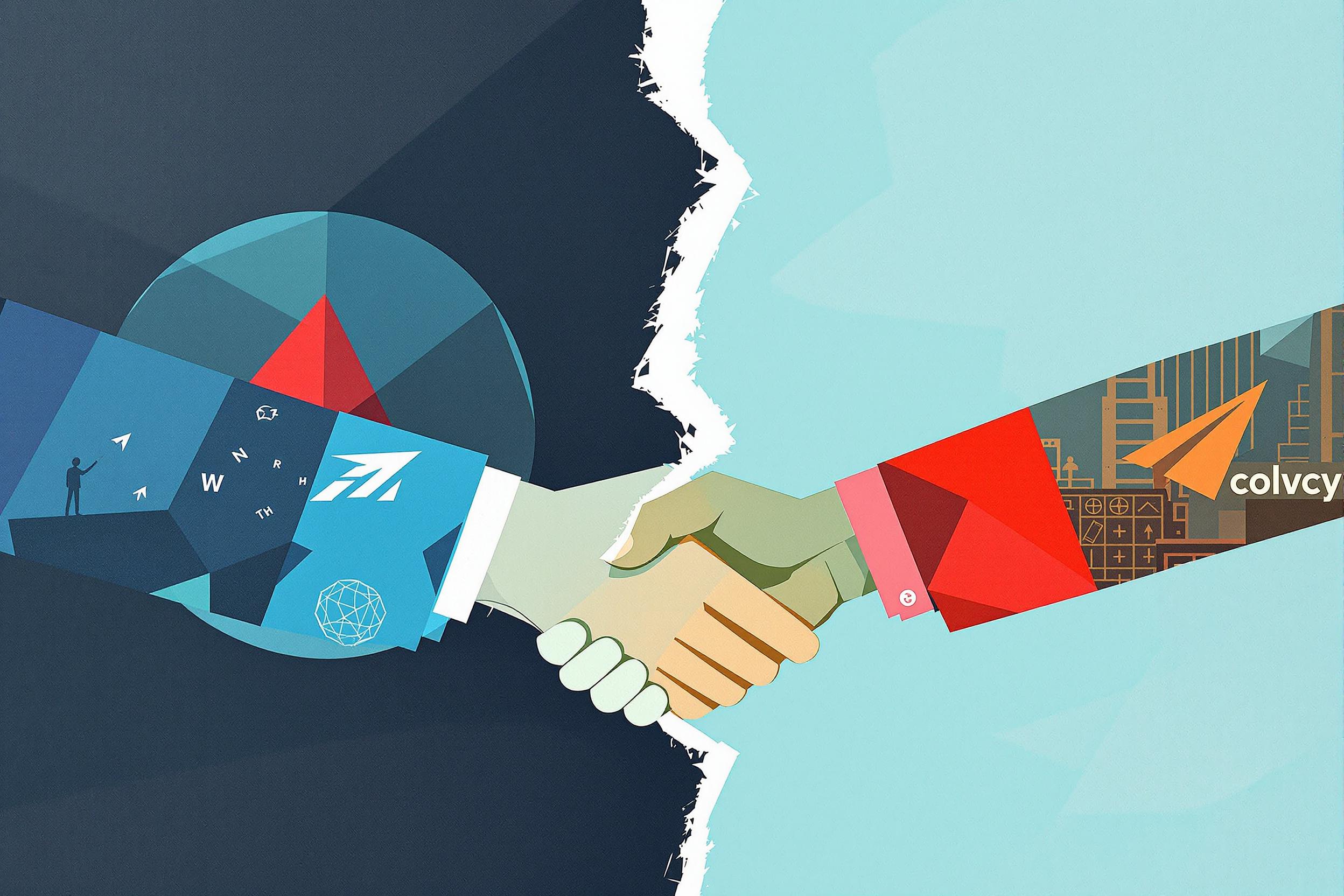
Purchase Order
A Purchase Order (PO) is a formal document that businesses use when buying goods or services. Think of it as an official shopping list that one company sends to another. It clearly states what is being ordered, how much it costs, when it should be delivered, and other important details. Supply chain professionals work with purchase orders daily to track spending, manage supplier relationships, and ensure companies get what they need when they need it. Similar terms you might see include "procurement document," "buying order," or "PO." This is a fundamental concept in procurement and purchasing roles, serving as a legal contract between buyer and supplier.
Examples in Resumes
Managed over $2M worth of Purchase Orders annually for manufacturing materials
Streamlined Purchase Order approval process reducing processing time by 30%
Implemented digital PO system for improved tracking and compliance
Coordinated with vendors on Purchase Order modifications and deliveries
Typical job title: "Purchasing Specialists"
Also try searching for:
Where to Find Purchasing Specialists
Professional Associations
Online Communities
Job Boards
Example Interview Questions
Senior Level Questions
Q: How would you implement a purchase order approval system for a large organization?
Expected Answer: A senior candidate should discuss establishing approval hierarchies, setting spending limits, implementing checks and balances, and integrating with existing financial systems. They should also mention risk management and compliance considerations.
Q: How do you handle supplier relationship management in relation to purchase orders?
Expected Answer: Should explain strategies for negotiating terms, managing vendor performance, handling disputes, and maintaining strong relationships while ensuring company interests are protected.
Mid Level Questions
Q: What steps do you take to ensure purchase order accuracy?
Expected Answer: Should discuss verification of pricing, quantities, delivery dates, and terms. Should mention cross-checking against contracts and getting proper approvals.
Q: How do you handle emergency purchase orders?
Expected Answer: Should explain expedited processes while maintaining control, documentation requirements, and balance between urgency and compliance.
Junior Level Questions
Q: What are the key elements of a purchase order?
Expected Answer: Should list basic elements like PO number, supplier info, item descriptions, quantities, prices, delivery dates, and payment terms.
Q: What's the difference between a purchase order and an invoice?
Expected Answer: Should explain that a PO is sent by buyer to order goods, while an invoice is sent by supplier requesting payment for delivered goods.
Experience Level Indicators
Junior (0-2 years)
- Basic purchase order processing
- Data entry and record keeping
- Understanding of ordering processes
- Basic supplier communication
Mid (2-5 years)
- Purchase order approval management
- Vendor relationship handling
- Cost analysis and negotiation
- Problem resolution with orders
Senior (5+ years)
- Strategic supplier management
- Policy development and implementation
- Team leadership and training
- Process optimization and automation
Red Flags to Watch For
- No understanding of basic purchase order components
- Lack of attention to detail in order processing
- Poor communication skills with suppliers
- No experience with procurement software systems




